5 June.
We’d already had some early mornings but today was our earliest of the trip – up at 05:30 to muster in the lobby by 06:00. Everyone arrived on time and after a short walk we schlepped our luggage onto the 104 bus and rode one stop to the train station. In a harbinger of things to come during a brief detour by G to confirm our departure platform, I pulled out my camera and quickly snapped a photo before rushing to catch up with everyone.
Staying close together was imperative because we were on a group ticket. Of course, our bags had to pass through a scan. This entire process required less than an hour which left us plenty of time before boarding our train at 07:35.
Now let’s take a look at the train itself. As I tried to impress on the folks at home before I left, while this wouldn’t be a budget “youth hostel” type trip, neither would it be a journey of Orient Express type first-class luxury. One reason to take a train trip like this one is to digest a country in a manner that exposes you to visual aspects tourists typically miss such as this: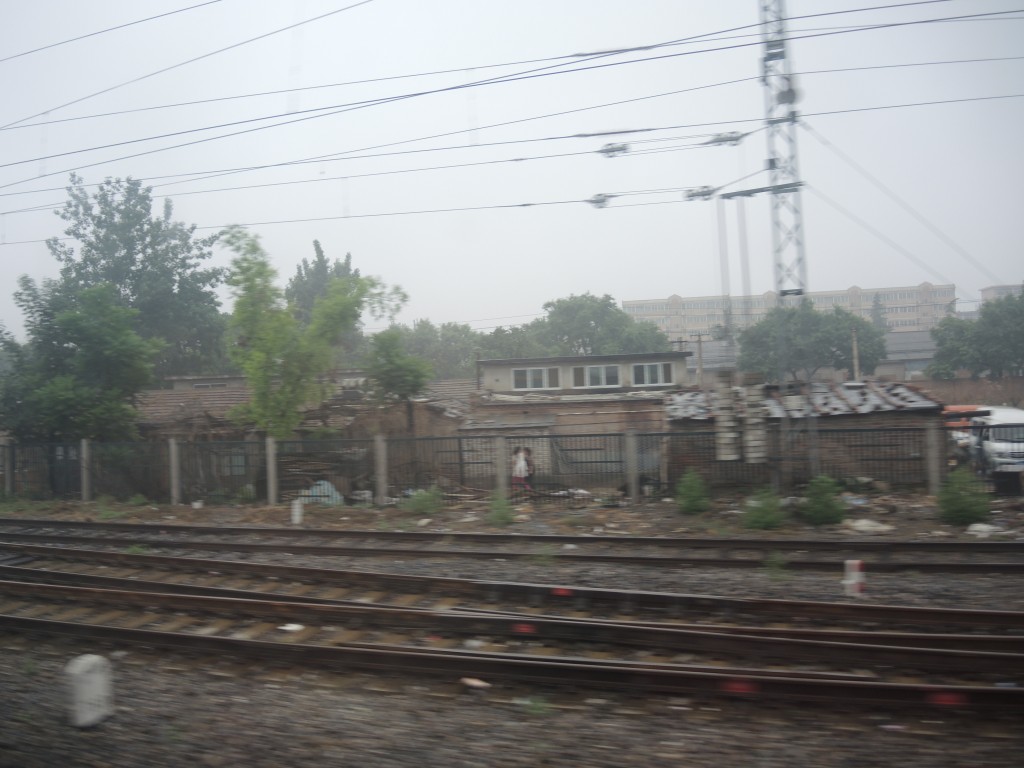
and, because you have ample time to consider what you’re seeing and think about the lives and culture of the people, even if you only meet them in passing sharing their lives in some minimal way. For example, I’m reasonably certain there were more locals than tourists on this train. Of course, in addition to seeing some of the less appealing places like the one above, you also get to see places like this:.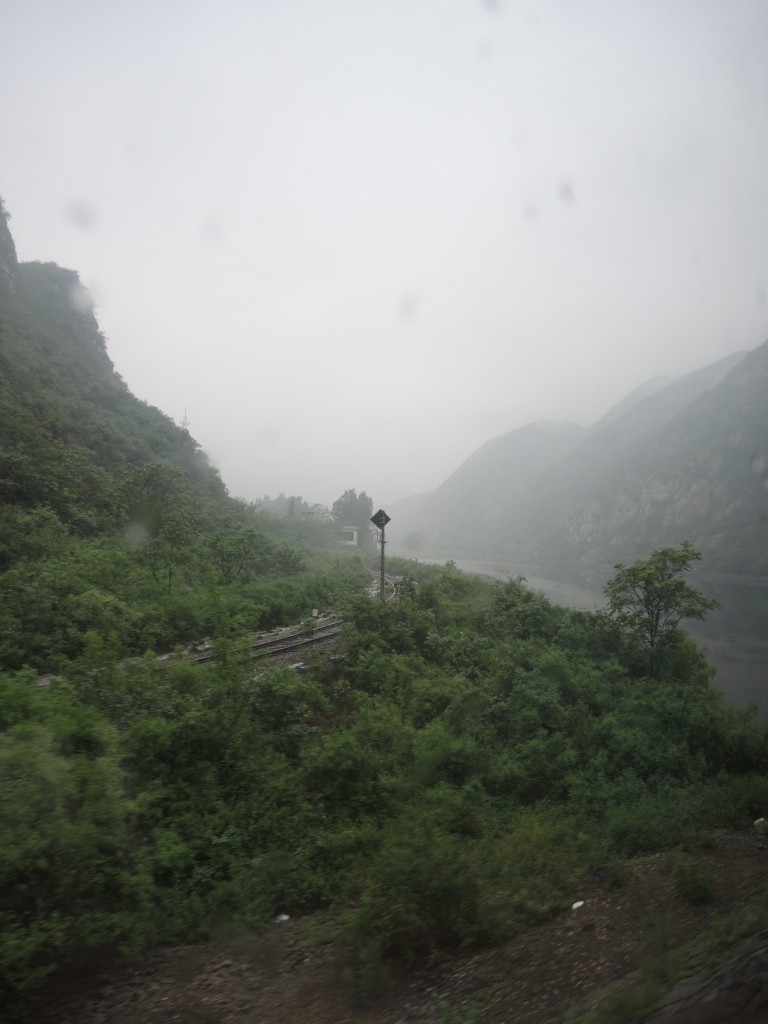
Okay, back to the train. Groud generously calls it “classic” but to me it’s simply old. Each car has nine cabins each about two meters square with four bunks per cabin.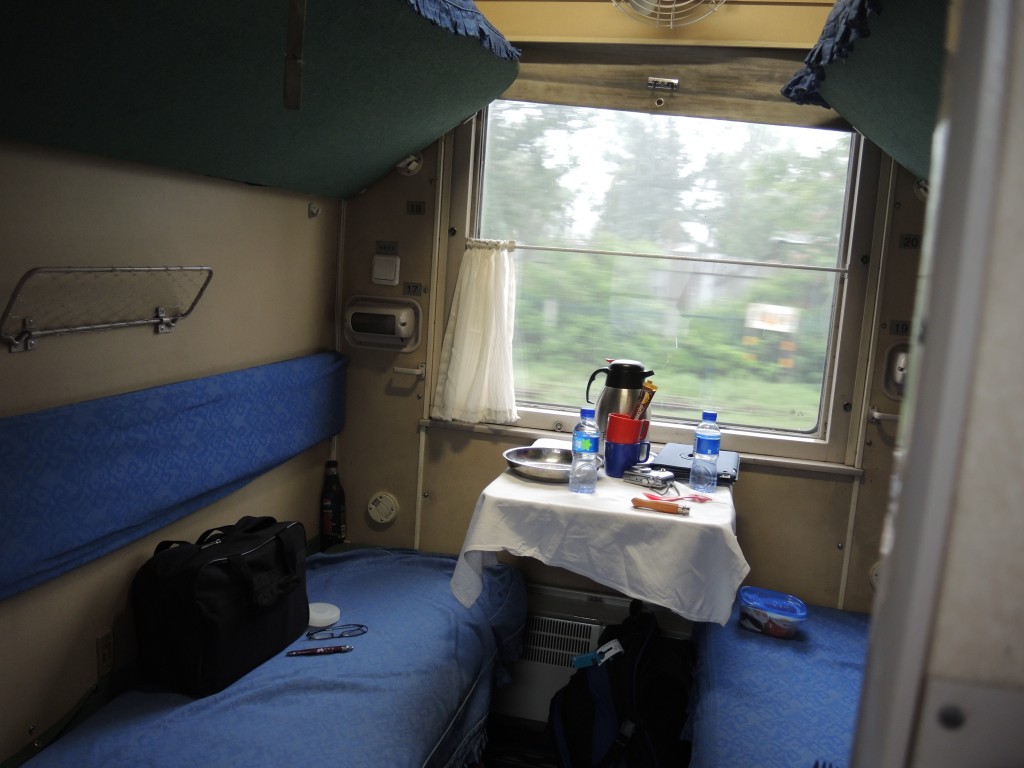
The padding for both sitting and sleeping is, while not austere, far from plush and the sleeping area as you see it on the left above is probably less than a meter wide. There’s one toilet at either end of the car to serve the thirty-six souls on board. In our case one was sufficiently unappealing to be relegated to emergency use only for the thirty-hour duration of this leg of our journey.
Each car has a hot water urn with the temperature maintained by the conductors who can occasionally be seen chopping wood to fuel the fire. The picture below is reasonably typical but is from a newer train and had electric heat.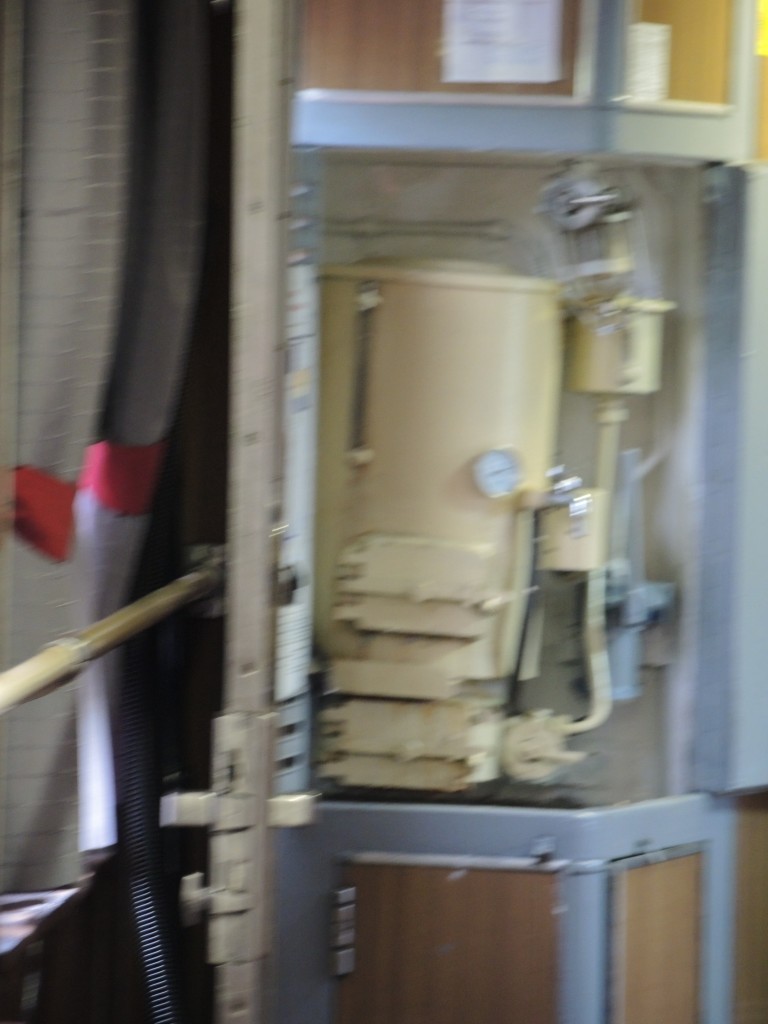
The thermos you see in the picture of the cabin, by the way, was an amenity provided on the trains in China and Mongolia but not in Russia.
The train across China had a dining car and the conductor distributed tickets for a free lunch and a free dinner. G told us they often do this to entice people into buying drinks. Lunch consisted of a small plate of shredded cabbage and mushrooms (which I ate), two small rice bowls for four people to share (from which I ate), and an equally small plate with three meatballs and some sliced carrots in gravy (which I did not eat). I skipped the free dinner.
Erin, Rose, and I shared our table with Stefane, a Parisian traveling in the first-class car. He spoke English and we had an interesting conversation about the myths and realities attending the French and Americans when they travel abroad, about the pleasures (and to a lesser degree) foibles of train travel, and some suggestions of places to stay and visit for Erin who is at the beginning of an eight-month global journey. Later in the trip when Stefane was on a bit of a walkabout, I’d introduce him to a French couple staying in a compartment a few doors down from mine. They are from Strasbourg but you can do a Frenchman no greater favor than to introduce him to another Frenchman, n’est-ce pas?
About six hours into the journey, we finally moved out of the smog, rain, and overcast and saw the sun for the first time in about a day and a half. Sadly, this was merely a tease as the burst of sunshine lasted only a few hours before we rode into another rainstorm. However, because we’d left early in the morning, we made most of this thirty-hour slice of the trip in daylight. Watching the transition from urban Beijing, to the lush mountains and rocky gorges about eighty kilometers from the city in the picture above, to rolling green hills, to a relatively treeless plain,
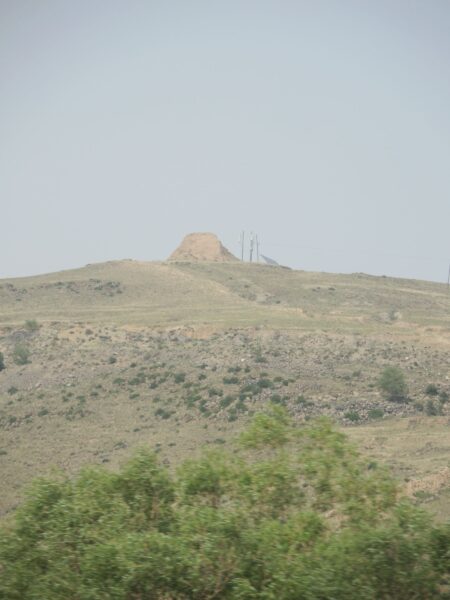
then to a browner landscape comprised of ground shrubs and grasses, and eventually to the Gobi Desert, where we’d wake on the morning of the sixth, was an intriguing scenic passage.
Now, here’s an interesting aspect of traveling on a “classic” train. Ten to twenty minutes prior to the train’s arrival at any station the coach attendants lock the toilets and they remain locked until ten to twenty minutes subsequent to departure. Security, right? Wrong! The toilets are locked because on classic trains the waste ejects directly onto the track below. Yes, press the pedal to flush and you can look out an open hole and watch your waste fall on the track as it whizzes beneath you. Now the reason for locking becomes clear, yes?
As day had turned into night, we approached the border crossing at Erlian. The process starts with immigration and customs. Everyone surrenders their passport and turns in their departure card which is the back half of the arrival card you’d completed on your entry to China. Once you’ve surrendered your passport you have a choice. You can disembark and spend the next several hours in the waiting room of the station or you can remain on the train while the cars are decoupled and moved to a facility where they are lifted so the bogie (pictured below) can be changed.
Here’s why: China uses a standard rail gauge of 1.435 meters but Mongolia and Russia use a wide gauge of about 1.52 meters so the train must be adapted to fit. The process requires about two hours and is a unique experience.
Remember, though, that the toilet doors are locked, have been locked for about an hour, and will remain locked until the transfer process is complete and you are ten or more minutes clear of the station. The decision is further complicated because before entering Mongolia the train traverses a no man’s land that requires about thirty minutes to complete. The conductor has absolute discretion in deciding whether to allow a ten-minute toilet opening during this transit. When you reach Mongolia, you need to pass through their customs and immigration process which can be prolonged because of the number of new passengers who board at Erlian often carrying enormous bundles of food and other goods into Mongolia.
So, the choice is this: On the one hand, how often will you have the opportunity to see a train car hydraulically lifted and the bogies replaced then have the same done to your carriage while you’re on it? On the other hand, if you watch, you’re likely to spend nearly five hours with no access to a toilet so you have to be certain and secure in your ability to control and contain your bowels and bladder.
Based on the picture above and the one below, you can see that I opted to stay on the train. The process proved fascinating and disappointing. Disappointing because I only saw a car being lowered onto the new bogies and never saw one being lifted and repositioned. Fascinating because even seeing only that coupled with the opportunity to lean out the window to watch our car being lifted so slowly and smoothly that those not watching would have been unaware of the rising and falling was compelling theater.
In fact, the jolts accompanying the uncoupling and re-coupling of the carriages stood in sharp contrast to the ease of completing the latter . All my photos of the process are here.
After completing the transition, the “station waiters” reboarded, we entered into the no man’s land, crossed into Mongolia, and endured their customs and immigration processes. As soon as my passport was returned at about 01:30, I was off to sleep. I’ll open the photos to the entire transit in my next post.

For me, one of the more impressive aspects of this post was your superman-like ability to control your bodily functions for 5+ hours! Truly a feat to take pride in. I am envious. Oh – and liked the pictures, too.
Well, I was not alone in that. But you’re right, for me and my bladder it’s an impressive feat.
Hello, very professional high level of writing it!